The Courier Software Market is currently characterized by a dynamic competitive landscape, driven by technological advancements and evolving consumer expectations. Major players such as DHL (DE), FedEx (US), and UPS (US) are at the forefront, each adopting distinct strategies to enhance their operational efficiencies and customer engagement. DHL (DE) emphasizes innovation through its investment in automated delivery solutions, while FedEx (US) focuses on expanding its digital platforms to streamline logistics. UPS (US), on the other hand, is enhancing its sustainability initiatives, aiming to reduce carbon emissions through electric vehicle integration. Collectively, these strategies not only bolster their market positions but also intensify competition, as companies strive to differentiate themselves in a rapidly evolving environment.
Key business tactics within the Courier Software Market include localized manufacturing and supply chain optimization, which are essential for meeting regional demands and enhancing service delivery. The market structure appears moderately fragmented, with a mix of established players and emerging startups. This fragmentation allows for diverse service offerings, yet the influence of key players remains substantial, as they set benchmarks for technology adoption and customer service standards.
In August 2025, FedEx (US) announced a partnership with a leading AI technology firm to enhance its package tracking capabilities. This strategic move is likely to improve operational transparency and customer satisfaction, as real-time tracking becomes increasingly vital in the logistics sector. By integrating advanced AI solutions, FedEx (US) positions itself as a leader in leveraging technology to optimize delivery processes, potentially setting a new standard for the industry.
In September 2025, UPS (US) launched a new initiative aimed at increasing the use of electric vehicles in its delivery fleet. This initiative not only aligns with global sustainability goals but also reflects a growing trend among consumers who prioritize environmentally friendly practices. By committing to a greener fleet, UPS (US) enhances its brand image and appeals to a broader customer base, which may lead to increased market share in the eco-conscious segment.
In July 2025, DHL (DE) unveiled a new automated sorting facility in Germany, which is expected to significantly enhance its operational efficiency. This facility utilizes cutting-edge robotics and AI to streamline package sorting, thereby reducing delivery times. The strategic importance of this development lies in its potential to improve service reliability and speed, which are critical factors in customer satisfaction and retention in the competitive courier landscape.
As of October 2025, the Courier Software Market is witnessing trends such as digitalization, sustainability, and AI integration, which are reshaping competitive dynamics. Strategic alliances are increasingly common, as companies seek to leverage complementary strengths to enhance service offerings. Looking ahead, competitive differentiation is likely to evolve from traditional price-based competition to a focus on innovation, technology integration, and supply chain reliability. This shift suggests that companies that prioritize technological advancements and sustainable practices will be better positioned to thrive in the future.


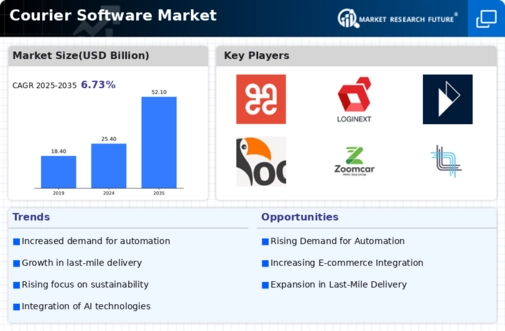



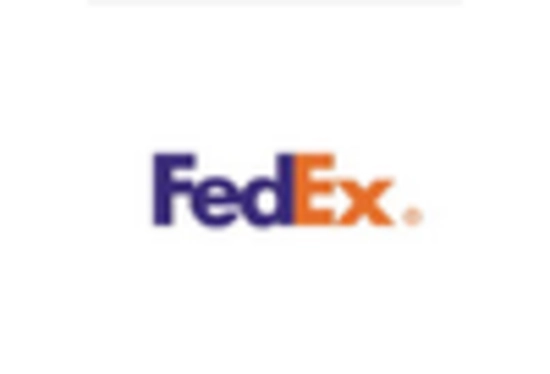
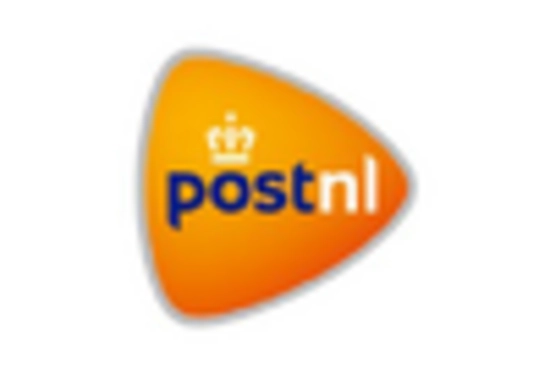
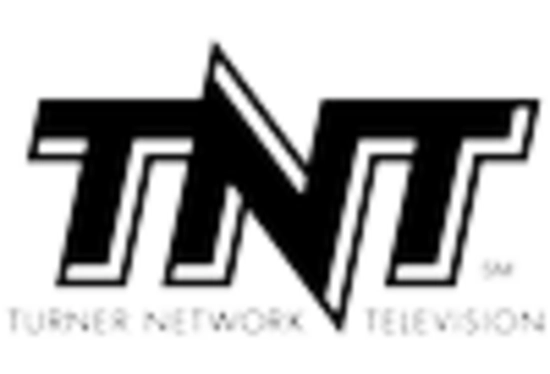
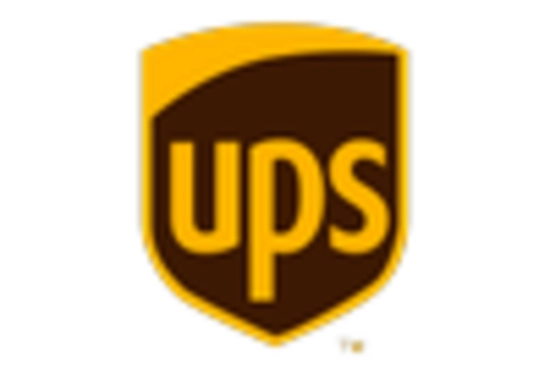








Leave a Comment